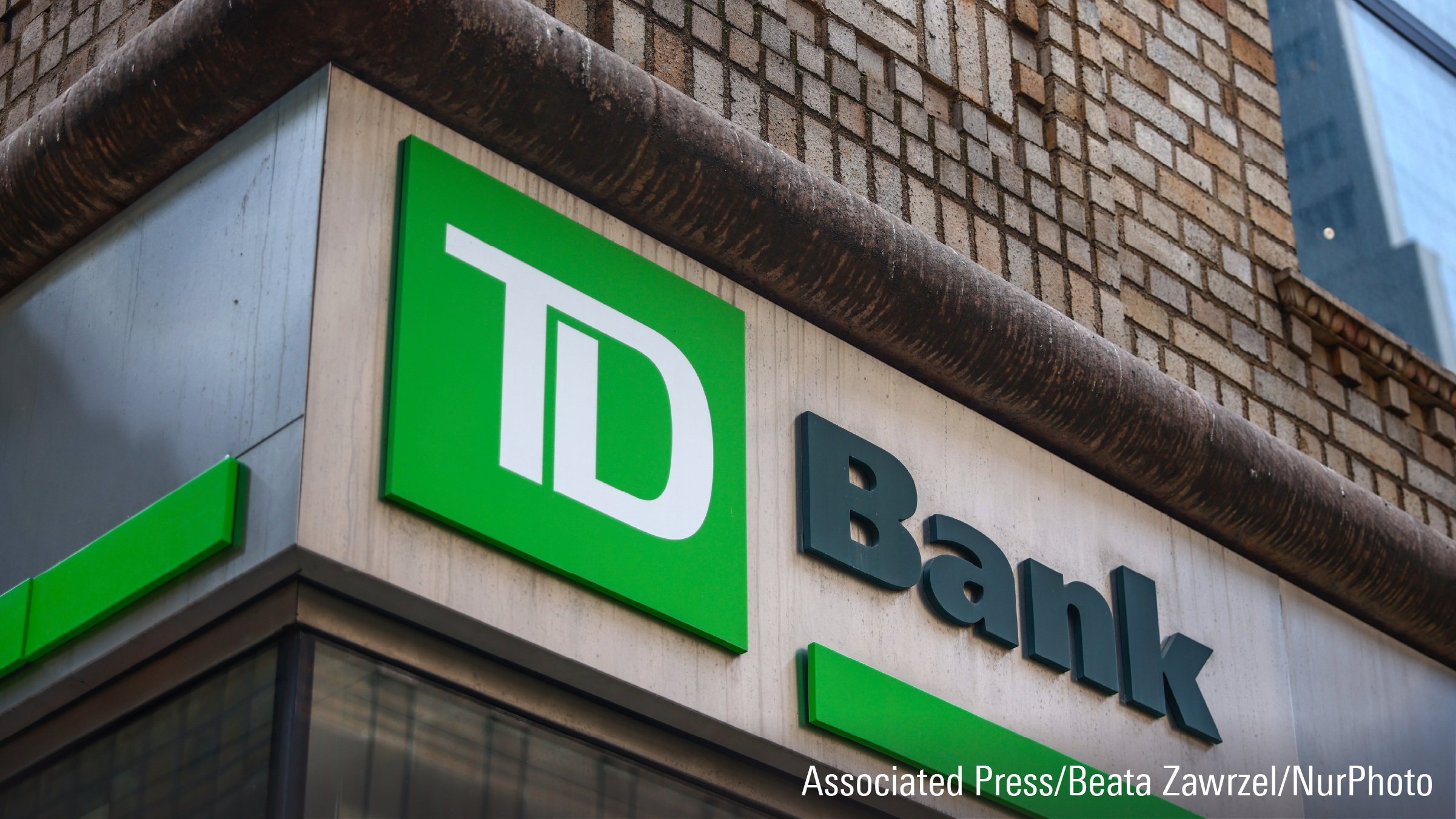
“ESG ETFs have been growing at a tremendous pace in both Canada and the U.S. in the past five years,” says Linda Ma, ETFs & Financial Products Research Analyst at National Bank of Canada Financial Markets. The number of products has expanded, shooting up from 62 in 2016 to 330 today, but variety also, creating a few challenges there.
In Canada, assets exploded 32-fold from $0.3 billion in 2016 to $9.7 billion at the end of March 2022. In the U.S., absolute numbers are bigger, but the increase is also 32-fold: from $3.3 billion to $108.7 billion.
Many More Decisions to Make
We’re starting to see more money flow into niche mandates, says Ma. Historically, mainstream ESG score-based strategies have dominated, but now we are seeing new mandates for carbon futures, climate change themes, and shareholder activism, she says, while “many other sub-categories are blossoming, too.”
A growing number of ETFs are actively managed, representing about a third of the 129 ESG ETFs that NBC follows, while two-thirds track an index. However, actively managed funds, as of March 31, cut out a 44% share of total assets, while index trackers held 56%.
Active Management’s Small Lead
While active management seems popular, does it lead to better performance? “On a 5-year trailing period, 33% of sustainable index products outperformed their peer group, whereas 52% of actively managed sustainable funds did,” finds Ian Tam, Director of investment research at Morningstar Canada. At face value, such numbers favour active management, but “it’s hard to say the farther you go back because there weren’t enough index products around,” Tam comments.
Indeed, from a shorter perspective, Tam finds that on a 1-year trailing basis, 71% of index/passive ETFs have outperformed peers, compared to 70% of actively managed ETFs. That difference is not particularly meaningful. Ma concurs: “We did not notice a significant difference in performance between actively managed ETFs and passively managed ETFs in Canada.”
Tam certainly doesn’t exclude the relevance of active management. “If there’s a specialized theme that an investor is after, like water management or cleantech, I would argue that active might give you more value. However, an ESG ETF broadly based on the S&P 500 and large caps could probably give you a better overall deal.”
Watch the Tilt
Ma observes that many more factors apart from active/passive management make a difference when picking a fund; ESG rating method, business exclusions, screening methodologies, and manager discretion are some considerations. “None of the factors are ‘good’ or ‘bad’ in an absolute sense,” Ma highlights, “The best ESG ETF is the one that meets the investor’s needs and transparently communicates how it aligns its decision-making.”
Sector tilt has proven to be a major determining factor, as energy’s recent performance demonstrates. A majority of Canadian equity ESG ETFs (12 out of 14), Ma observes, have underperformed the iShares S&P/TSX Composite index ETF (XIC) in the first quarter of 2022, which only returned 3.8%, even though it has a 13% exposure to energy. In comparison, the iShares S&P/TSX Capped Energy Index ETF (XEG) returned 37.2%.
But the underperformance doesn’t hinge only on oil and gas. “Adding to the ESG ETFs’ performance drag,” Ma notes, “Canadian equity ESG ETFs commonly overweight the financial sector, which underperformed XIC in Q1.”
“The latest development,” Ma continues, “is a reversal of a longer trend since the oil price crashed in 2014.” Technology stocks enjoyed a multi-year boom while energy stocks stagnated and ESG ETFs got a boost from their sector tilts, she notes. “The performance dynamic might reverse again to favour ESG ETFs in the future given the right conditions.”



















